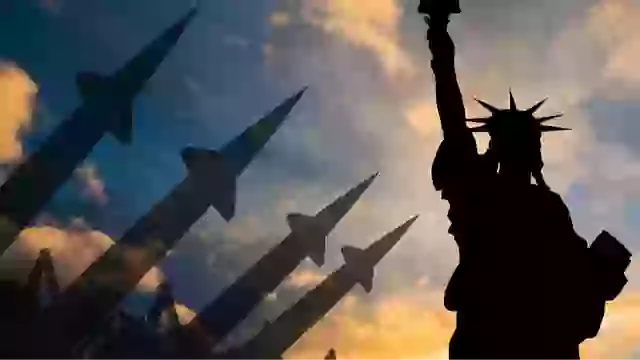As global conflicts heat up, a nuclear historian has named 15 US cities that could be prime targets in a potential World War 3. With President Donald Trump’s recent strikes on Iran’s nuclear sites and Russia’s ongoing war with Ukraine, the threat feels closer than ever. Professor Alex Wellerstein’s list, shared with the Daily Mail, reveals surprising small towns and major cities that could face devastating attacks.
Wellerstein, from Stevens Institute of Technology, explained that Russia would likely hit military command centers and missile sites to weaken US defenses, while rogue actors might target symbolic or populous areas. Great Falls, Montana, with just 60,422 residents, is near Malmstrom Air Force Base, which manages nuclear missile silos, making it a strategic target. Cheyenne, Wyoming, home to 65,168 people, hosts the Francis E. Warren Air Force Base, another key nuclear control center.

In Utah, Ogden and Clearfield, with a combined 121,737 residents, are close to Hill Air Force Base, a nuclear weapons hub. Shreveport, Louisiana (177,959 residents), houses B-52 bombers capable of nuclear strikes, putting it at risk. Honolulu, Hawaii (341,778 residents), is vulnerable due to its naval and air bases, echoing the Pearl Harbor attack. Omaha, Nebraska (483,335 residents), near Offutt Air Force Base, and Colorado Springs, Colorado (488,664 residents), home to NORAD, are also critical military targets.
Albuquerque, New Mexico (560,274 residents), is home to Kirtland Air Force Base’s large nuclear arsenal. Washington, D.C. (678,972 residents), as the nation’s capital, is an obvious choice. Seattle, Washington (737,015 residents), near Naval Base Kitsap, faces risks worsened by its geography, with few evacuation routes. Major cities like San Francisco (873,965 residents), Houston (2.3 million), Chicago (2.6 million), Los Angeles (3.8 million), and New York City (8.8 million) are targets due to their cultural and economic weight.
The list highlights the stakes of global tensions, from Trump’s trade disputes with China to Russia’s anger over US actions in Iran. Wellerstein’s insights remind us of the devastating potential of nuclear conflict and the need for diplomacy to keep these cities safe (Daily Mail).


